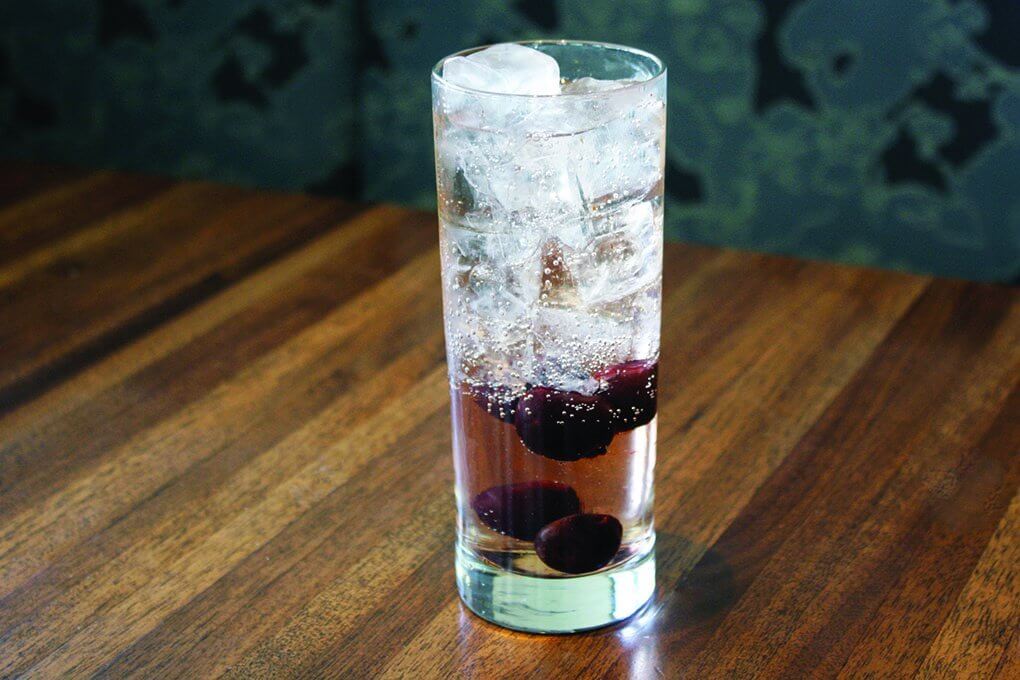Has anyone else noticed that those dusty bottles of oxidized vermouth and weird sherry varietals have been inching from the hidden spaces of the back bar toward the front?
Interest in classic cocktails has peaked and, with it, ingredient awareness. Wines that have been fortified and aromatized are the original cocktail backbones, as well as the trendy new toys.
Fortification is the addition of a neutral spirit to increase alcohol content, while aromatizing refers to the infusion of botanicals and bittering agents (roots, herbs, bark, spices, citrus or flowers) to give flavor or medicinal qualities. Wines can be aromatized and/or fortified and have much in common, as they can be distinct in both their classification and use.
Here are 10 that demonstrate the most potential for today’s modern cocktail development.










